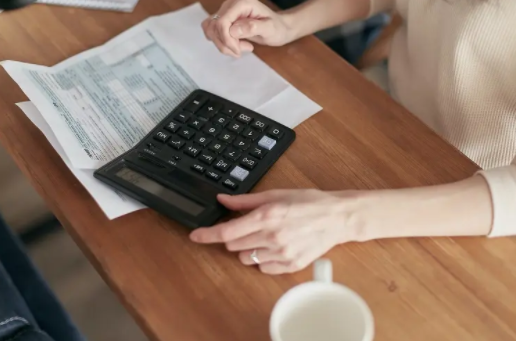In buying and selling transactions, it is natural to include proof of payment for the security of transactions between the two related parties. An invoice is one of the documents that can be used as evidence.
An example of an invoice usually resembles a note, but still, in the field of accounting, the two have differences. Not only that, invoices also have a number of types that can be adapted to each payment need.
So what is a complete explanation of the difference between an invoice and a note? Come on, read article about what an invoice is and how to make an invoice below!
What is an invoice?
Linguistically, a faktur or invoice, is a billing list issued by the seller to the buyer. Usually, the invoice appears when the buyer completes an order and the seller ships the order.
An invoice is a file that is closely related to accounting. The existence of invoices is an important factor in the company’s financial records. That’s why most printed invoices are made in triplicate for buyers, sellers, and reserves. Because in order to maintain cash security, each party is involved.
Difference between Invoice and Note
So far, we know many proofs of payment, such as receipts, notes, and the invoice itself. Of the three, notes and invoices are two concepts that are often misunderstood in people’s minds.
The first difference between an invoice and a note is in terms of definition. A note is a sign of buying and selling in cash, while an invoice is a record of payments from ordering goods that have been made beforehand.
In addition, in terms of usability, notes can usually be issued by anyone. In another sense, an individual business or a non-taxable business entity can use a note as a receipt for money. Meanwhile, an invoice is a document that is usually only used by large taxable companies.
Invoice Components and Contents
An invoice is a transaction recording sheet whose components are more complicated than other notes or proofs of payment. This is because invoices are very closely related to the flow of the company’s financial statements. Some of the components and contents of the invoice in question are:
1.Invoice publication date
2.Invoice number
3.Names and addresses of the two parties involved in
4.Details of goods or services that are the object of the transaction, including the amount, unit price, and total paid
5.Discount (optional)
6.Tax
7.Payment due date
8.Terms and conditions of payment (optional)
9.Preferred payment system such as cash, credit, or debit card
Invoice Function
The invoice function is as a record of purchases of company products. In addition, there are a number of other uses that you can find in the following invoice function points:
– Financial transparency between seller and buyer
– A valid reference for transactions made
– Record company production
– Proof of incoming and outgoing orders
– For bookkeeping
Invoice Type
In general, invoice types are divided into three main categories: ordinary, proforma, and consular invoices. Each type of invoice has a different definition, as described in the points below.
1.Ordinary invoices are simple transaction invoices that usually contain the items purchased, the purchase amount, the unit price, and the total price only.
2.Proforma invoice is a temporary invoice. In another sense, this invoice is temporary and is only issued when the client makes payments in stages.
3. Consular invoices are special invoices for international transactions such as export and import.
Invoice Example
As an illustration, here is a sample invoice for your company reference



Tips for Smooth Invoicing
It is undeniable that the fulfillment of invoices for one client’s order often experiences delays in payment. For sellers, of course this is a big problem. Because spending in large quantities for the production process of these orders will hamper the company’s cash. To overcome this, here are some tips so that invoices run smoothly.
– Include the identity of the agency on the invoice header so that the recipient recognizes who the sender of the invoice is
– The information contained in the invoice is short, clear, and easy to understand
– Send invoices as soon as possible after delivery of goods is done
– Set a deadline of less than 30 days
– Provide a flexible payment system to make it easier for clients to settle bills
– Also set reasonable penalties in case of late payment to encourage clients to pay bills
– Try giving a one-time discount
– Send reminders periodically
How to Make an Invoice
Well, you’ve got some information about what an invoice is. Now is the time to know how to make invoices so that their implementation in the company can be done correctly. Some of the steps for how to create an invoice that you can do are:
1.Insert the logo and company name on the invoice header.
2.Give a line to write the identity of the seller and the buyer.
3.Create a table containing the number, product name, description, quantity, unit, price (unit), discount, and total price.
4.Insert the VAT line and total pay.
5.Add rows for additional records below the table if needed.
6.Don’t forget to give a description of the place, time, signature, and clear name of the client as valid proof of the invoice.
Now you know the meaning and how to create an invoice. As an agency that stands professionally, invoices are a component that must be considered for the accuracy of paying for the property by the buyer.
In addition to fulfilling obligations to the state, these efforts can provide a positive image for your office and personal as a responsible property agent.















